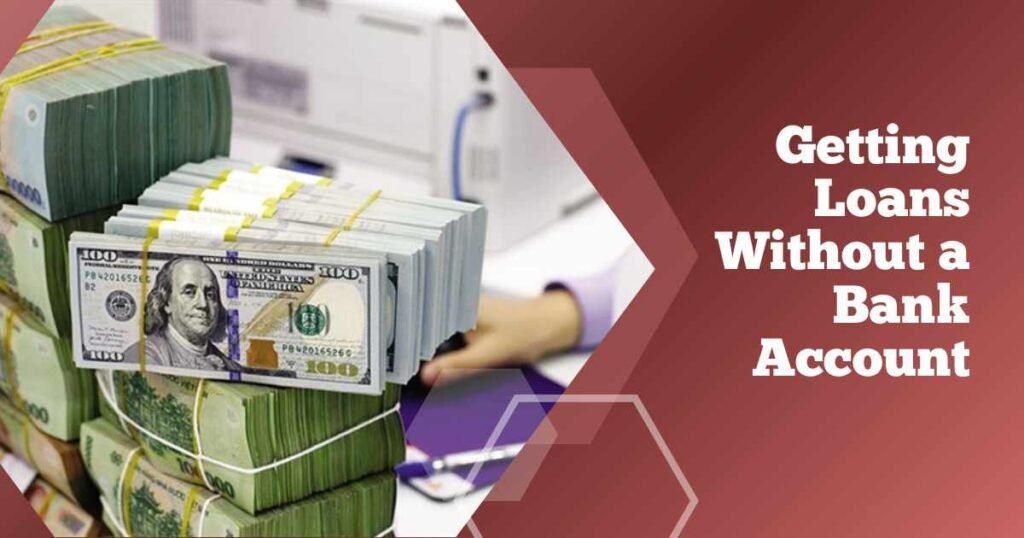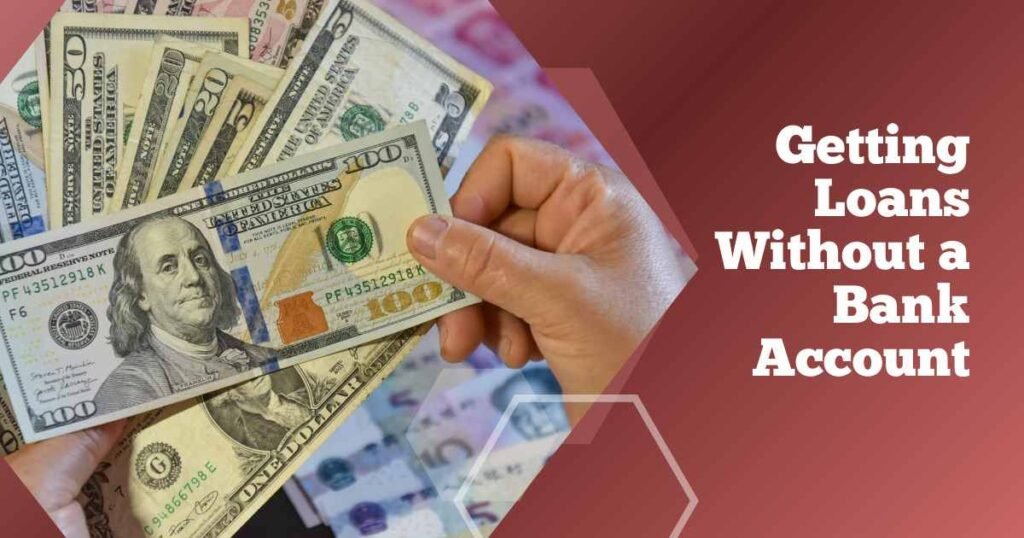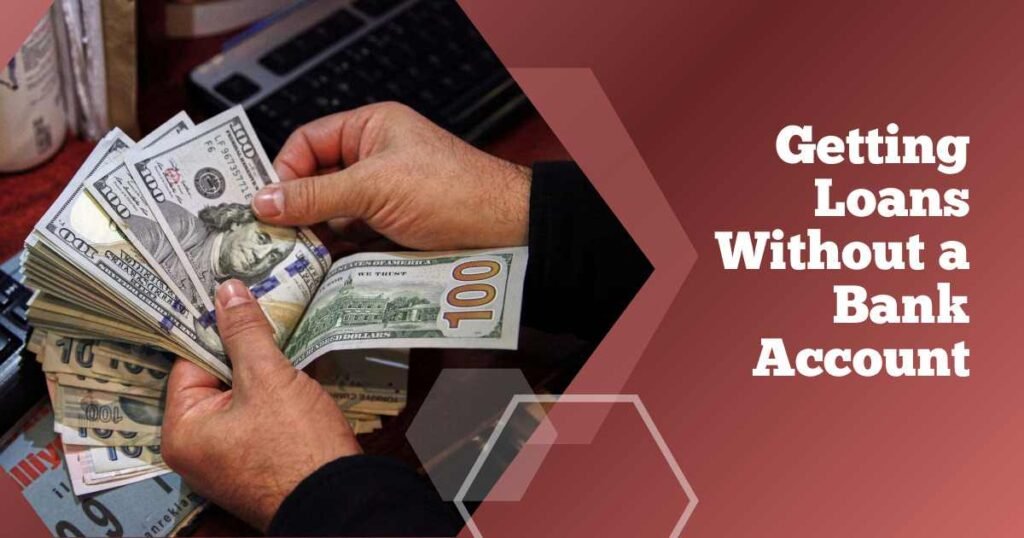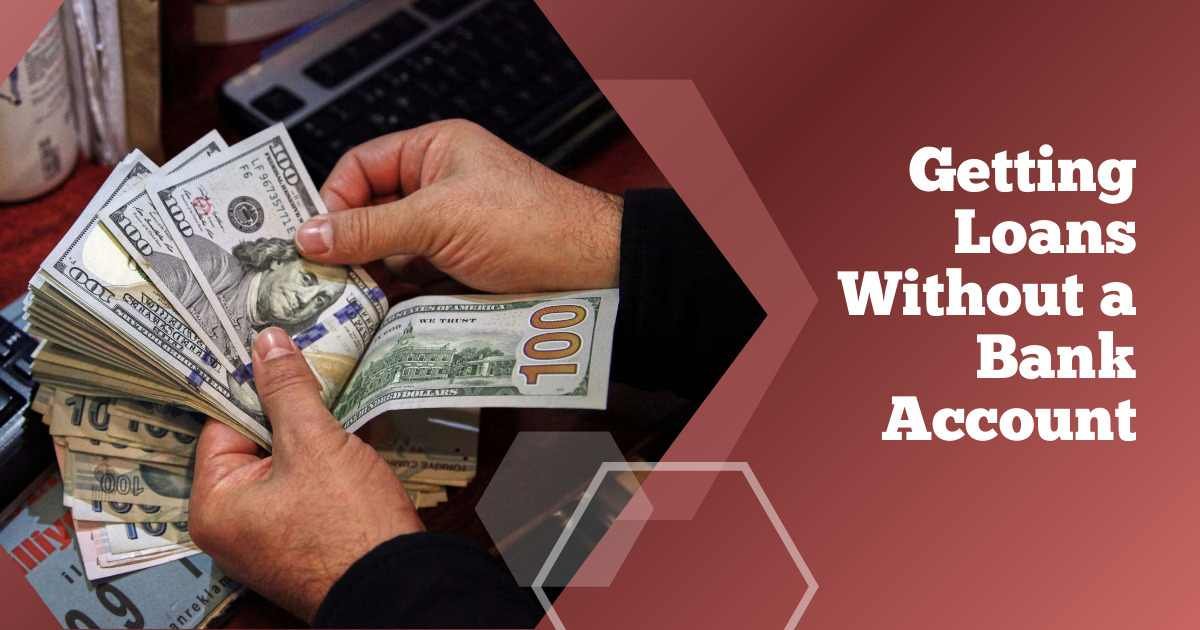In the present financial scene, it is regularly believed that an account in a bank is one of the most basic requirements to be able to access a diversity of services, such as loans, among others. Nevertheless, the over 10 million Americans who are unbanked or have no access to banking services are confronted by a very complicated procedure in obtaining a loan. The article is a deep analysis of the loan possibilities for individuals without a bank account, by reviewing the existing options, and risk assessment, and also considering the alternatives to financial assistance.
The Unbanked Population in America
It is essential to examine how large the unbanked population in the United States is before discussing the loan options. The most recent data are:
About 6% of American adults are unbanked, i.e., they do not have a savings or checking account and thus cannot utilize traditional banks6.
On the other hand, among people with annual incomes of less than $25,000, the rate of unbanked adults is 23%.
The age group with the highest unbanked rate is the young adult population (aged 18–29) with a 10% rate, followed by the 30–44 age group which has an 8% rate.
Black (13%) and Hispanic (10%) adults have high unbanking rates in comparison to their White (3%) and Asian (5%) counterparts.
The percentage of adults with disabilities (10%) who are unbanked doubles the percentage among those without disabilities (5%).
These data demonstrate a major segment of the population that potentially might have to find other financial services, such as loans that are accessible without having to have a bank account.
Why People Don’t Have Bank Accounts
Identifying the reasons behind the unbanked status is a key step for targeting the problem and offering worthwhile solutions. The most common reasons are:
- Not having enough money to keep the minimum balance required for maintaining an account
- Loss of faith in financial institutions
- Expensive fees of traditional banking
- The previous problems of banking such as overdrafts or unpaid fees
- No proper identification or documents
- The number of bank branches is not sufficient in some areas

Types of Loans Available Without a Bank Account
Without a bank account, there are a variety of loan options available to people who are experiencing difficulties. However, it is essential to understand that many of these alternatives involve higher fees and higher risks in comparison to the typical loans.
1. Payday Loans
Payday loans, described as short-term and high-interest, are usually due on the subsequent payday of the borrower.
Pros:
- Quick cash appeals to revolutionized economies.
- Does not require a bank account.
- Very small credit check.
Cons:
- The exorbitantly high-interest charges can be as high as 600% APR.
- Short repayment terms are available.
2. Pawnshop Loans
- Pawn shop loans are a type of loan where customers deposit their personal belongings as security against the loan amount.
Pros:
- No bank account or credit check required
- Possibility of getting funds instantly
Cons:
- Liable to misplace things of great value
- Mostly, the loans given are of lesser amount
- Rates of interest that
3. Title Loans
Title loans are a type of short-term loan where a vehicle’s title is the collateral.
Pros:
- No checking account is a requirement
- The vehicle is used to assess the credit eligibility instead of the score
Cons:
- Pain of your car being taken from you
- Unaffordable interest rates
- Short
4. Cash Advance Apps
Some fintech companies offer cash advance services without requiring a traditional bank account.
Pros:
- Easy access to a small quantity of cash via the ATM
- On many occasions, the fees are lower on comparison with payday loans
- Could facilitate the development of beneficial financial practices
Cons:
- Borrowing only up to a specific amount
- The possibility of your having to provide financial data

The Risks of No-Bank-Account Loans
Even though these options for borrowing give money to those who don’t have bank accounts, they also have some drawbacks:
- Cue of high Costs: Interest rates and fees are usually much higher when opting for such loans than the bank ones.
- Time Constrained Repayment: These loans are often characterized by short repayment time frames sometimes a few weeks or months, thereby making it difficult to repay within the required time frame.
- Debt Chain: The interaction between highly priced and short terms repayment might sow the debt loop. That is, the borrower plugs in more borrowing to pay up previous loans.
- Abuse of Power: Some lenders could misuse the borrowers’ vulnerability in this financial situation.
- Relaxed Regulation: Several of these credit products have relatively limited regulatory oversight unlike banking products that are offered by banks.
Alternatives to Consider
Before resorting to high-cost loans, consider these alternatives:
1. Secured Credit Cards
Secured credit cards which need a cash deposit are a source to build credit, as well as give a line of credit to the user.
2. Credit-Builder Loans
This is the kind of loan that is designed to allow people to build credit while at the same time saving money.
3. Peer-to-Peer Lending
Banks and individuals making loans are often connected through online platforms which usually have more flexible terms.
4. Local Credit Unions
Many credit unions give small-dollar loans that come with better conditions than payday lenders.
5. Nonprofit Organizations
Certain nonprofits provide small loans or grants to individuals in need.
Steps to Improve Your Financial Situation
If you’re currently unbanked, consider these steps to improve your financial standing:
- Second-Chance Banking: Many banks offer the second-chance option for people who had issues with their checking accounts in the past.
- Build Credit: Try using secured credit cards or other credit-builder loans to establish a good credit history.
- Seek Financial Education: Take the free financial literacy resources offered by nonprofits or government agencies to your advantage.
- Save Regularly: Minimal, but consistent savings can still be a door for you to better financial products in the future.
- Consider Online Banks: A few online banks have reduced fees and minimum balance requirements compared to conventional institutions.
- Look at Online Banks: Several online banks are cheaper than traditional banks regarding fees and minimum balance requirements.
The Future of Financial Inclusion
The financial sector is shifting to accommodate the unbanked segment of the population. The key points of the development:
- Fintech Innovation: The new companies in the fintech area are working on products that are specifically aimed at the underbanked communities.
- Government Initiatives: There are local governments that have entered into a partnership with the banks and have provided low-cost banking options.
- Community Outreach: Getting to know the methods of building trust and rendering services to the underserved sectors is a skill that banks and credit unions are investing in.

what is the highest livestock species in banks county ga
Importance FAQ
Can I get a loan if I don’t have a bank account?
Answer: You can indeed borrow money without a bank account; however, your choices are restricted, and they frequently involve substantial downsides. Let’s talk about the main types of loans that are given to people who do not have bank accounts.
Available Options:
- Payday loans are short-term high-cost loans due on the next payday.
- Pawns as a collateral, transform it into a Pawnshop loan
- Title loans: You can’t ride it–—if you can’t get the money for it. But if you are over the line, … the car is still yours.
- Cash advance apps: Fintech solutions with cheaper fees, but limited amounts
Significant Risks:
- Exorbitant interest rates up to 600% APR (for payday loans)
- Short repayment terms
- Loss of valuable items or vehicles, Possible.
- The risk of a spiral of debt
Key Considerations:
- They are more expensive than the old loans.
- Banks’ offering of limited loans and limited options
- The potential for predatory lending practices
Alternatives to Explore:
- Second-chance accounts, Dixie Direct Debit Account, etc…
- Credit union loans
- Borrowing from friends and family
- Seeking assistance from community organizations.
Recommendation:
- If so, then open a bank account for accessing the killer deals financial products have.
- Unfathomably drained yet always running shrewd of our own funds by not having a bank account. Take diligence in evaluating the options before you zero-in on a no-bank account loan.
How can I receive a loan if I don’t have a bank account?
Answer: You can get a loan through different processes that include the provisions of prepaid debit cards or cash, cash payment through check, and money order. Lenders, may also issue accounts for the delivery of cash.
Conclusion
The financial industry is evolving to address the needs of the unbanked population. Initiatives and trends to watch include
Although it is possible to get a loan without a bank account, this is usually a very risky and very expensive way of borrowing. As the financial sector develops, more possible ways are accessible for the unbanked population. To get involved in a traditional financial institution is among the best ways to do it. It will allow one to get access to a range of financial products and services, which are more affordable than online banking.
For the individuals in need of money without a bank account, it is important to choose the cheapest and lowest risk option. The high-cost loans can be avoided if a person gets financial education resources and the person finds some alternatives to borrowing money from others. But always remember, financial health improvement is not a one-time event and even small moves towards financial inclusion can lead to a brighter future and financial stability.
